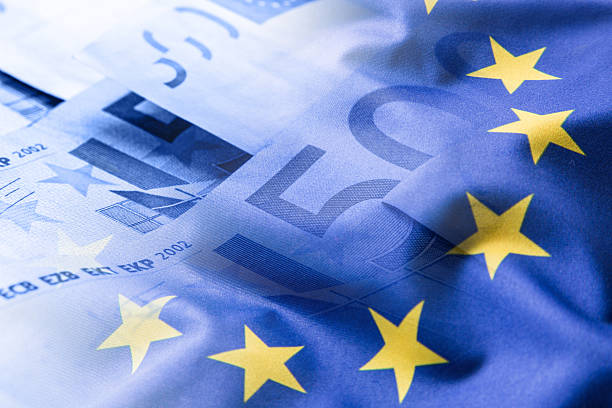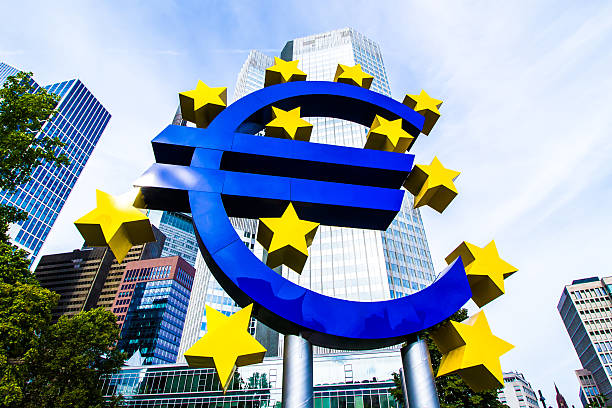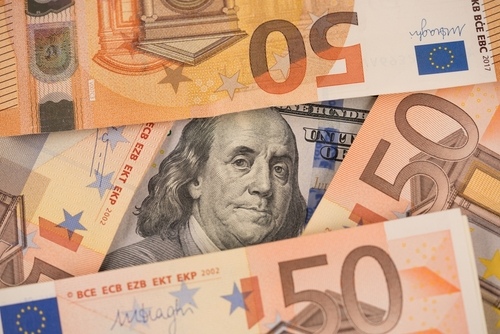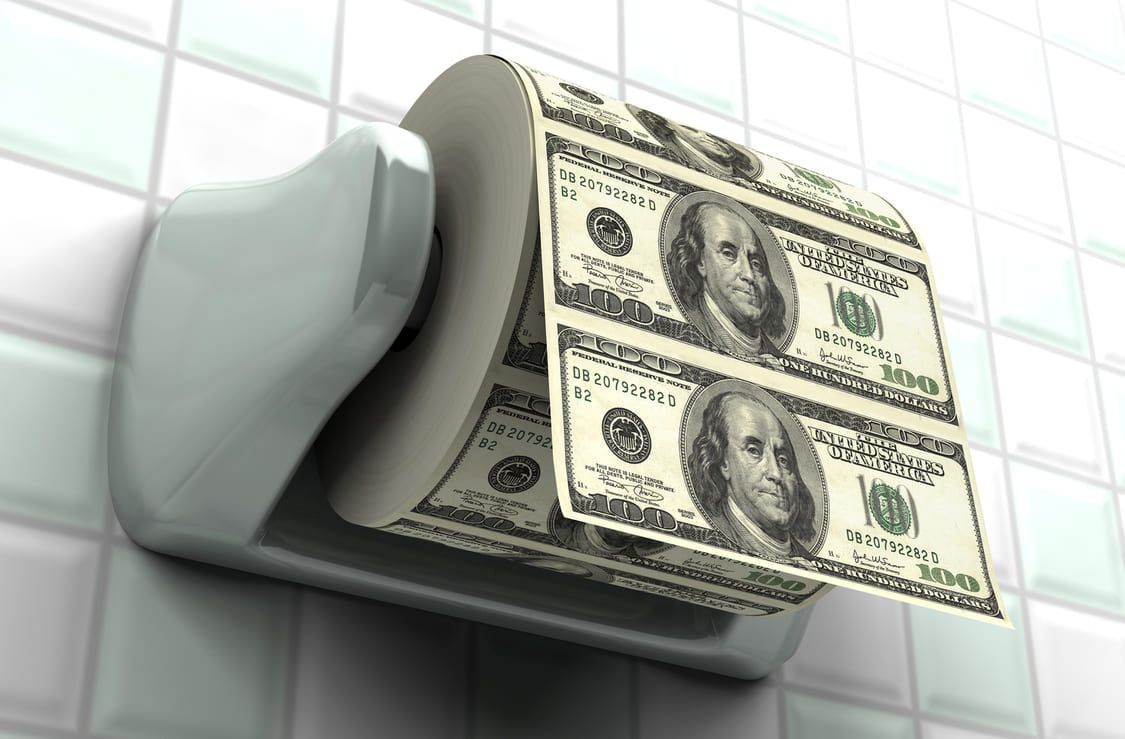EUR/USD hovers around 1.0600 with a positive bias as US Dollar faces profit-taking selling
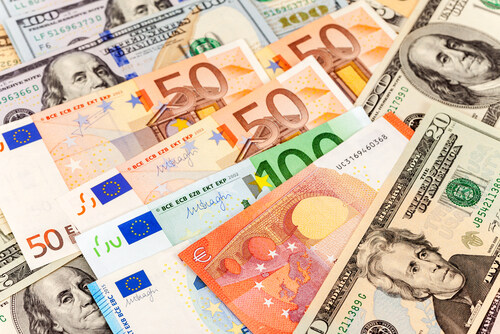
- EUR/USD maintains its position as the US Dollar continues its downward correction.
- The US Dollar’s downside appears restrained due to dampened odds of an imminent Fed rate cut.
- ECB President Lagarde stated that Europe should pool its resources in areas such as defense and climate.
EUR/USD remains steady with a positive bias, hovering around 1.0600 during Tuesday's Asian trading hours. The upbeat sentiment surrounding the pair is likely driven by a softer US Dollar (USD), as profit-taking follows its recent rally.
However, the downside risk for the US Dollar appears limited as Federal Reserve (Fed) Chair Jerome Powell tempered expectations for immediate rate cuts. Powell highlighted the economy's resilience, a strong labor market, and persistent inflationary pressures, stating, "The economy is not sending any signals that we need to be in a hurry to lower rates." Investors are now looking for further guidance from Fed officials later this week on the future path of US interest rates.
Additionally, the Greenback may further appreciate as investors anticipate that the incoming Trump administration will prioritize tax cuts and impose higher tariffs. These measures could fuel inflation, potentially slowing the pace of Fed rate cuts.
European Central Bank (ECB) President Christine Lagarde stated on Monday that Europe should consolidate its resources in areas such as defense and climate, as its productivity growth stagnates and the world becomes increasingly fragmented into competing blocs.
ECB President Lagarde highlighted that Europe is falling behind in innovation and productivity compared to the US and China. According to Bloomberg, the lack of a unified digital market and insufficient venture capital investment are significant barriers to technological advancement in the region.
Traders are now focused on the upcoming October Harmonized Index of Consumer Prices (HICP) data for the Euro area, set to be released on Tuesday. Attention will then shift to US Building Permits and Housing Starts data later in the North American session.
Euro FAQs
What is the Euro?
The Euro is the currency for the 19 European Union countries that belong to the Eurozone. It is the second most heavily traded currency in the world behind the US Dollar. In 2022, it accounted for 31% of all foreign exchange transactions, with an average daily turnover of over $2.2 trillion a day. EUR/USD is the most heavily traded currency pair in the world, accounting for an estimated 30% off all transactions, followed by EUR/JPY (4%), EUR/GBP (3%) and EUR/AUD (2%).
What is the ECB and how does it impact the Euro?
The European Central Bank (ECB) in Frankfurt, Germany, is the reserve bank for the Eurozone. The ECB sets interest rates and manages monetary policy. The ECB’s primary mandate is to maintain price stability, which means either controlling inflation or stimulating growth. Its primary tool is the raising or lowering of interest rates. Relatively high interest rates – or the expectation of higher rates – will usually benefit the Euro and vice versa. The ECB Governing Council makes monetary policy decisions at meetings held eight times a year. Decisions are made by heads of the Eurozone national banks and six permanent members, including the President of the ECB, Christine Lagarde.
How does inflation data impact the value of the Euro?
Eurozone inflation data, measured by the Harmonized Index of Consumer Prices (HICP), is an important econometric for the Euro. If inflation rises more than expected, especially if above the ECB’s 2% target, it obliges the ECB to raise interest rates to bring it back under control. Relatively high interest rates compared to its counterparts will usually benefit the Euro, as it makes the region more attractive as a place for global investors to park their money.
How does economic data influence the value of the Euro?
Data releases gauge the health of the economy and can impact on the Euro. Indicators such as GDP, Manufacturing and Services PMIs, employment, and consumer sentiment surveys can all influence the direction of the single currency. A strong economy is good for the Euro. Not only does it attract more foreign investment but it may encourage the ECB to put up interest rates, which will directly strengthen the Euro. Otherwise, if economic data is weak, the Euro is likely to fall. Economic data for the four largest economies in the euro area (Germany, France, Italy and Spain) are especially significant, as they account for 75% of the Eurozone’s economy.
How does the Trade Balance impact the Euro?
Another significant data release for the Euro is the Trade Balance. This indicator measures the difference between what a country earns from its exports and what it spends on imports over a given period. If a country produces highly sought after exports then its currency will gain in value purely from the extra demand created from foreign buyers seeking to purchase these goods. Therefore, a positive net Trade Balance strengthens a currency and vice versa for a negative balance.



